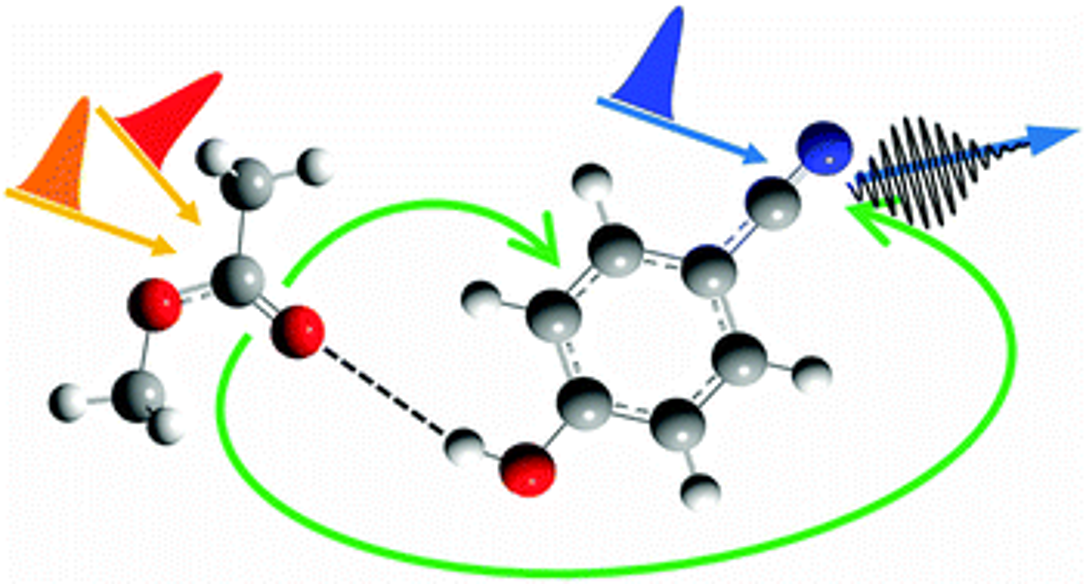Vibrational excitation transfer along the hydrogen-bond-mediated pathways in the complex of methyl acetate (MA) and 4-cyanophenol (4CP) was studied by dual-frequency femtosecond two-dimensional infrared spectroscopy. We excited the energy-donating ester carbonyl stretching vibrational mode and followed the transfer to the energy-accepting benzene ring and cyano stretching vibrations. The complexes with no, one, and two hydrogen-bonded 4CP molecules were studied. Vibrational relaxation of the carbonyl mode is more efficient in both hydrogen-bonded complexes as compared with free MA molecules. The inter-molecular transport in a hydrogen-bonded complex involving a single 4CP molecule is slower than that in a complex with two 4CP molecules. In the former, vibrational relaxation leads to local heating, as shown by the spectroscopy of the carbonyl mode, whereas the local heating is suppressed in the latter because the excitation redistribution is more efficient. At early times, the transfer to the benzene ring is governed by its direct coupling with the energy-donating carbonyl mode, whereas at later times intermediate states are involved. The transfer to a more distant site of the cyano group in 4CP involves intermediate states at all times, since no direct coupling between the energy-donating and accepting modes was observed. We anticipate that our findings will be of importance for spectroscopic studies of bio-molecular structures and dynamics, and inter- and intra-molecular signaling pathways, and for developing molecular networking applications.
Authors: Lev Chuntonov
Publication date: 2016/04/08



